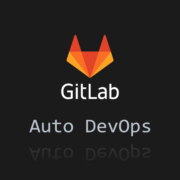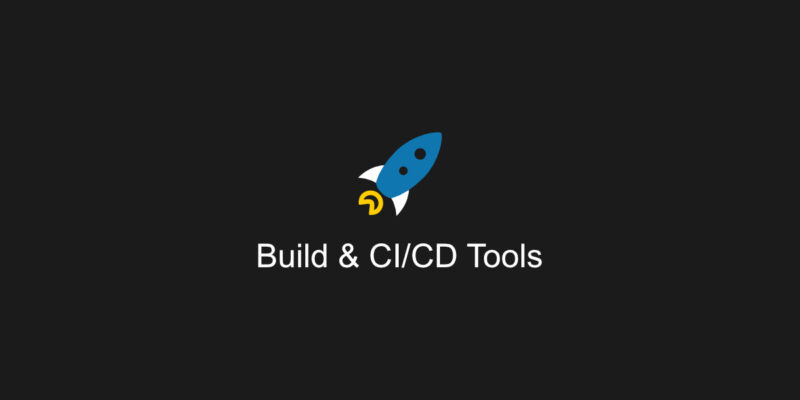
How To Boost Your Code Efficiency: Build And CI/CD DevOps Tools
It’s easy to get lost among the DevOps tools used throughout the software development lifecycle. And its number enlarges every day in progression.
Here, we decided to enlist the most popular continuous delivery and continuous integration tools DevOps use for efficient software delivery in developers’ routines to build their projects.
What are the DevOps tools?
DevOps tools is an umbrella term that describes the software products that are a core tenet for the software development approach. They shorten the SDLC, automate and streamline the software development processes, including build, dependency management, conflict management, deployment, and others.
Moreover, CI/CD tools automate the integration and deployment process, reducing manual errors and enhancing collaboration among development, operations, and testing teams. At the same time, DevOps tools are focused on improving and simplifying the communication and collaboration between product management, software development, and operation teams.
In this blog post we will speak about build and CI/CD tools in more detail as those tools are essential for modern software development and are crucial for ensuring that software applications are reliable, scalable, and meet users’ expectations and needs. Moreover, these tools help to ensure that the app is always in a releasable state and that the changes made to the codebase are properly tested and verified before being deployed to production.
Top benefits of CI/CD tools
Well, let’s look at the advantages that continuous integration and continuous delivery tools bring to DevOps teams:
Better Productivity
CI/CD tools help development teams automate repetitive tasks. In turn, it allows developers to focus on their core duties – on development workflows.
Improved code quality
Continuous integration and continuous deployment tools permit development teams to facilitate frequent and reliable software updates. These later reduce manual human errors and improve the quality of the product.
Reduced deployment risks
With the help of CI/CD tools, modern development teams can automate the deployment process. Moreover, with it, they are able to reduce the risk of human error in the software development cycle and ensure that the most recent code changes are released efficiently and reliably.
Improved collaboration
Due to the fact that CI/CD tools provide a consistent and transparent workflow, multiple developers from development, operations, and testing teams are able to improve their collaboration and cooperation.
Faster time to market
As CI/CD tools enable rapid development cycles, they allow businesses to adapt faster to the constantly changing requirements. Thus, they can deliver better software quality as well.
What are the most popular DevOps continuous integration and build tools?
Well, let’s proceed to the list of the most popular CI/CD tools for code integration, version control systems, continuous delivery, seamless integration, etc.
Apache Maven
This software is used by 15+ million users in more than 175 countries. Maven can control a project’s build, documentation, and reporting from a single source of data using the idea of a project object model (POM).

Here are the benefits of the tool:
- It simplifies dependency management as the tool automatically downloads and installs the required libraries and dependencies from a central repository.
- The tool enforces a standardized project structure, making it easier for developers to navigate the codebase.
- Maven makes it possible for developers to package their code as a reusable component (Maven artifact), which they can easily share and reuse across multiple projects.
- This tool helps to ensure consistency across different development environments, which helps to reduce build and deployment issues.
- It provides an easy-to-use configuration system permitting DevOps to specify the build process and the required dependencies.
Jenkins
Jenkins is an open-source tool used by 1M+ users all around the world. It provides multiple plugins to support building, automation, and deploying any project.
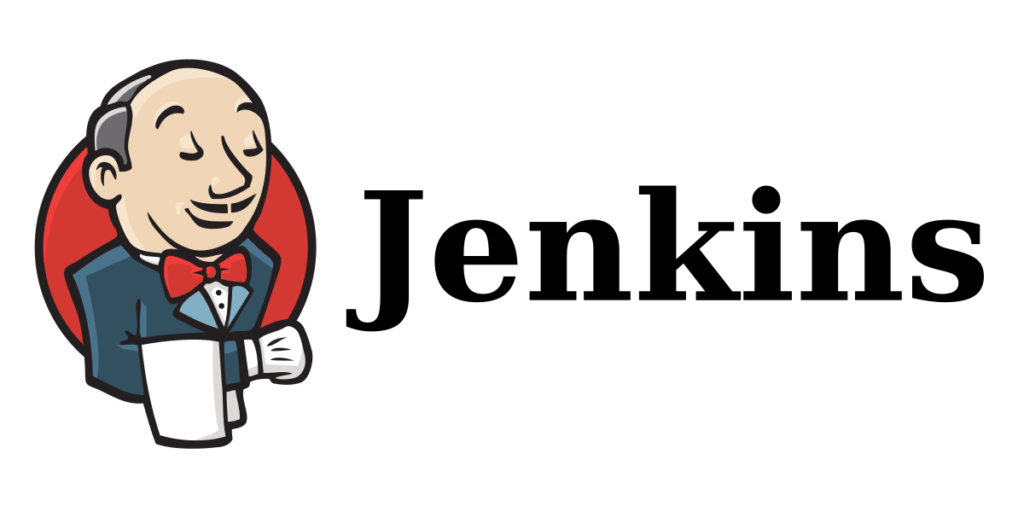
Here are its main features:
- Jenkins permits to automate the testing of builds.
- It allows automation of software deployment.
- The tool helps to improve work distribution.
- It assists in testing isolated changes in a larger codebase.
Gradle
Gradle is counted as the top 20 open-source projects and millions of developers around the world find it a trusted tool for building their software. Aimed at accelerating DevOps productivity, it has functionalities for building, automating, and delivering software.

Among the main features, we can mention the following:
- The tool permits you to use any programming language for software development.
- It’s possible to deploy it on any platform.
- Gradle has many extensions, including Composite Builds, Continuous Build, Task Exclusion, Dry Run, etc.
- The solution permits developers to deliver continuously.
- DevOps can use monorepos and multi-repo strategies with it.
CircleCi
Being on the market for more than 10 years, CircleCi has gained the trust of more than a million developers. As the vendor says, their tool brings automation to teams, permitting them to focus on “going from next-up to feature-shipped.”
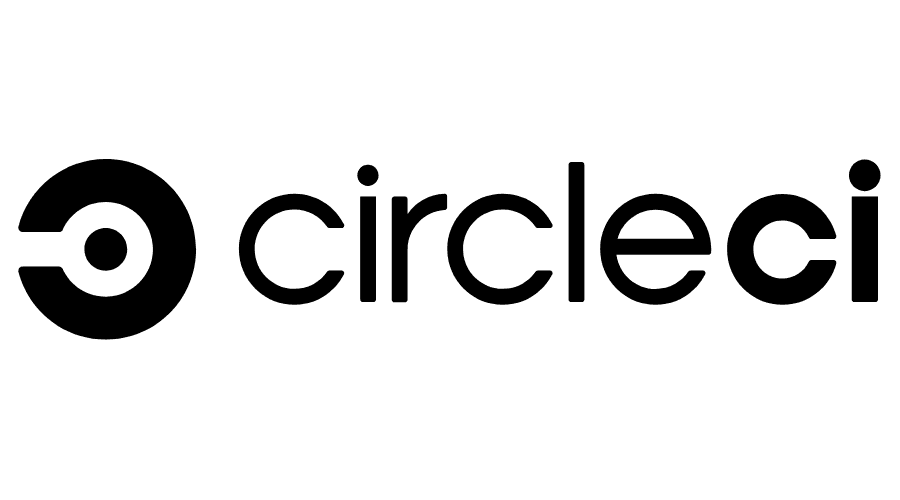
Among the main features of the tool, we can mention:
- Automated testing and deployment processes that allow developers to quickly identify and fix issues in their code.
- The tool helps ensure the code is high quality and meets the organization’s standards, resulting in a smaller number of bugs and errors in production.
- CircleCi provides a centralized platform for managing code and sharing updates that encourage teams to work collaboratively.
- The app provides flexible environments and a number of pre-built integrations for developers to deliver what they need.
Zephyr Project
Being a full-featured OS with an architecture that allows developers to focus on the application, Zephyr is highly configurable and modular and supports a number of subsystems like US, logging, filesystem, DFU.
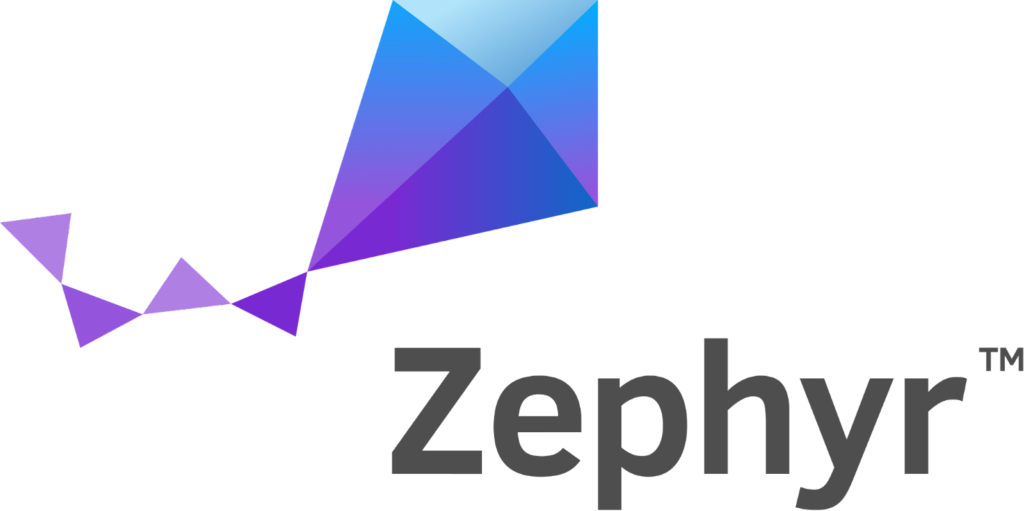
Among the main benefits of the tool, we can enlist:
- The tool is optimized for performance, efficiency, and minimal memory footprint because its lightweight OS is designed to run on resource-constrained devices.
- With the app, developers can choose the features they need, which helps to reduce the overall size of the OS and make it easier to maintain.
- Thanks to its scalability, Zephyr can be used on a wide range of devices, from simple sensors to complex getaways.
- Zephyr has a large and active community of developers who contribute to the project and provide support to each other.
JFrog
Being an end-to-end software supply chain platform, JFrog is a DevOps tool that helps to control and secure pipelines from development to device.
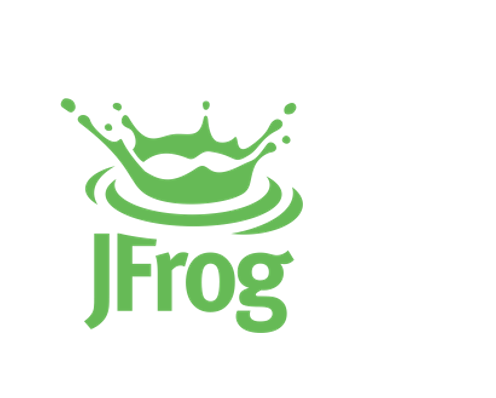
The main benefits that the software development teams can get from the app include:
- The tool can span the entire CI/CD pipeline as it simplifies and extends the development processes with flexible solutions.
- It is easily integrated with Artifactoiry and has built-in detectives to perform builds, push artifacts, build promotions, push build information, and scan images.
- JFrog brings speed and efficiency because developers don’t need to intervene in the process of managing complex pipelines.
TeamCity
Being mostly popular in the United States (almost 40% of users are from the USA), TeamCity is a general-purpose CI/CD software platform that enables customizable workflows, collaboration, and development methodologies.

Here are the key features that developers get using the tool:
- TeamCity integrates with the other building and testing tools DevOps use and helps to visualize the DevOps pipelines in detail which increases productivity.
- The tool stores the history of tests, flags the unstable tests as flaky, and helps developers identify those commits that cause pipeline failures.
- The solution reports to developers in real time about all the issues, permitting the team to understand and resolve the issue fast and consequently assign it to the developer responsible for solving the issue or open it in an IDE precisely at the problem line of code.
Bamboo
Helping to automate the release management process for software applications, Atlassian Bamboo is a continuous delivery pipeline that improves reliability, resilience, and scalability for any team of developers.

Besides being fully integrated with other Atlassian tools like Jira and Bitbucket, Bamboo has the following benefits:
- It permits agile development with automated workflows from code to deployment.
- The tool provides build resilience and high availability to keep the teams updated.
- Bamboo helps to increase capacity and maintain performance with the growth of the organization.
Docker
Mentioned as the most-loved tool in Stack Overflow’s 2022 Developer Survey, Docker can boast of 18M+ developers who chose that tool for their development lifecycle to take away repetitive and mundane configuration tasks.

Here are the features most valued by the developers:
- The tool is easily integrated with other development tools like VS Code and GitHub.
- It permits developers to run the app in a consistent environment directly from design and development to production and maintenance.
- Docker permits DevOps instantly create containers for every process and deploy those containers fast.
- Apps operating within Docker containers are isolated from one another, making it impossible for one container to check the operations taking place inside another, so it’s secure.
sbt
Being represented as an interactive build tool and chosen by over 90 % of Scala developers, sbt helps DevOps define their tasks in Scala and run all of them in parallel from sbt’s interactive shell.
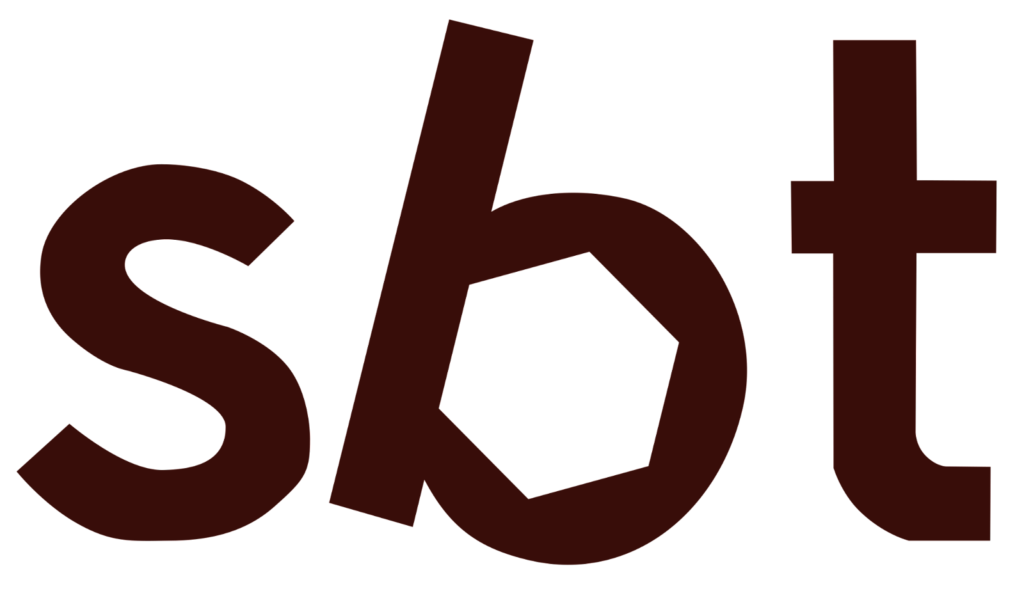
Among the crucial benefits of sbt we can mention:
- It uses a simple project structure that is easy to set up and understand.
- The tool opens the ability to cross-build the projects against multiple Scala versions.
- sbt automatically recompiles the code when developers make changes which help to speed up the test process.
- It has a robust plugin system that enables users to extend its functionality with custom plugins.
Key Points
There is no single magical tool that can fit all the DevOps needs. In this article, we have gone through the build and CI/CD tools that can be used for the DevOps toolchain to automate the processes of building, testing, and deploying software applications. You should remember that it’s important to be attentive in choosing DevOps tools for your DevOps toolchain, and don’t forget to evaluate all the pros and cons of the tool to meet your team’s needs.
Read our other articles in the series:
📌 How to build an efficient DevOps toolchain
📌 The most popular DevSecOps and continuous monitoring tools for building an effective security strategy
📌 How to boost your code efficiency: build and CI/CD tools
📌 How to enhance DevOps productivity: project management and team collaboration tools
The article was originally published on May 19, 2023




